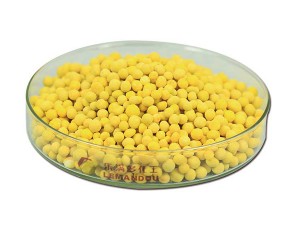NPK fertilizers contain nitrogen, phosphorus, and potassium, so they have different effects on plants. Nitrogen mainly increases chlorophyll and enhances vegetative growth. Phosphorus mainly promoted the formation of flower buds, large and colorful flowers, and early fruits; Potassium is mainly used to improve the ability of resistance to disease and insects, cold, drought and lodging.
What do the different letters on the fertilizer bags mean?
1.NPK
Generally, compound fertilizers we encounter will be marked with NPK, N stands for nitrogen; P stands for phosphorus; K is potassium.
2.TE
TE indicates that the fertilizer contains trace elements, including boron, iron, zinc, copper, molybdenum, etc., among which chelated trace elements are the best.
3.EM
EM is a complex flora. We often see that the fertilizer bag is marked as EM bacterial agent, which is mainly composed of several large flora, such as lactic acid bacteria, yeast bacteria and so on.
4.HAK
The Chinese name for HAK is potassium humate, which generally refers to compound fertilizer containing potassium humate. The functional group of HUMic acid in potassium humate can absorb and store potassium ions, prevent the loss of potassium in sandy soil and leached soil with water, and prevent the fixation of potassium in cohesive soil.
5.HA
HA is humic acid, and most humic acids contain flavic acid, black humic acid and brown humic acid.
6.FA
FA is fulvic acid, which is a plant growth regulator. It can promote plant growth, promote crop growth and control crop stomatal expansion. At the same time, it can improve the resilience of plants, increase production and improve quality.
Post time: Oct-18-2022





